Take the First Step For Estimate!
- Accurancy
- Efficiency
- Transparency
- Customization
- Time Saving
- Professionalism
- Cost Control

At Estimate Florida Consulting, we specialize in providing accurate estimates for fire hydrant maintenance in warehouse buildings. Fire hydrants are vital for warehouse safety, providing immediate access to water during fires. Routine maintenance is crucial, with the average cost to replace a hydrant being $5,500+, while rebuilding costs $500+. Annual maintenance expenses range from $75 to $150+ per hydrant. Neglecting maintenance can lead to costly deferred repairs and emergency fixes. Warehouse owners must prioritize routine maintenance to prevent expensive repairs and ensure fire safety equipment longevity.
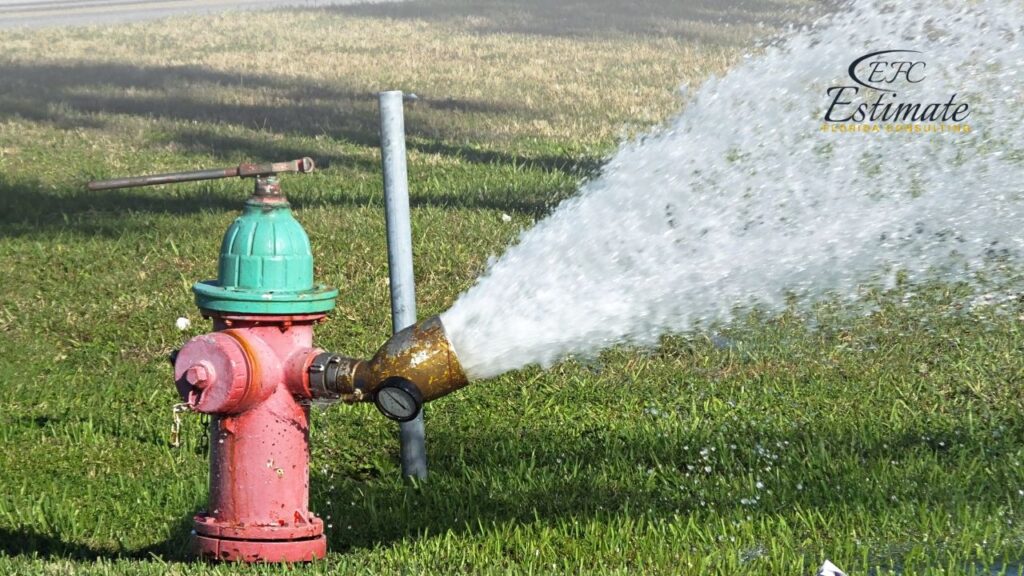

Maintenance of fire hydrants is essential for their reliability during emergencies. Key components of maintenance include inspections, testing, and servicing. Inspections ensure hydrants are accessible and obstruction-free, while annual tests verify their performance. Servicing tasks like lubrication and component replacement extend their lifespan. Regular maintenance minimizes the risk of malfunctions, ensuring premises’ safety in fire incidents.
Maintenance Component | Cost Range | Description |
Inspection | $50 – $100 per hydrant | Visual inspections to ensure accessibility and freedom from obstructions. |
Testing | $100 – $200 per hydrant | Annual flow and pressure tests to verify hydrant performance. |
Servicing | $75 – $150+ per hydrant | Lubrication, component replacement, and painting for corrosion protection. |
Repairing fire hydrants is essential to maintain their functionality and effectiveness in fire emergencies. There are three main types of repairs: minor, moderate, and major. Minor repairs typically address simple concerns such as minor leaks or loose components, while moderate repairs deal with more significant issues like cracked valves or damaged stems. Major repairs involve extensive damage or deterioration, often requiring complete replacement of the hydrant. By promptly addressing repairs, property owners can ensure that fire hydrants remain reliable and ready to use when needed, enhancing overall fire safety measures.
Repair Type | Cost Range | Description |
Minor Repairs | $100 – $500+ | Addressing simple concerns like minor leaks or loose components. |
Moderate Repairs | $500 – $2,000+ | Dealing with challenges such as cracked valves or damaged stems. |
Major Repairs | $2,000 – $5,000+ | Involving complete replacement of the hydrant due to extensive damage or deterioration. |
Maintenance costs for fire hydrants can indeed vary significantly and are influenced by several key factors, as mentioned in your description. Understanding these factors is crucial for effective maintenance budgeting and ensuring the continued reliability of fire safety equipment. Here’s a closer look at the factors influencing maintenance costs:
The age of a fire hydrant is a primary determinant of maintenance costs. Older hydrants tend to require more frequent servicing and repairs as they are more prone to wear and deterioration over time. The components of an aging hydrant may experience corrosion, leaks, or mechanical issues, necessitating more extensive maintenance efforts. Investing in the replacement of aging hydrants with newer models can help mitigate long-term maintenance costs.
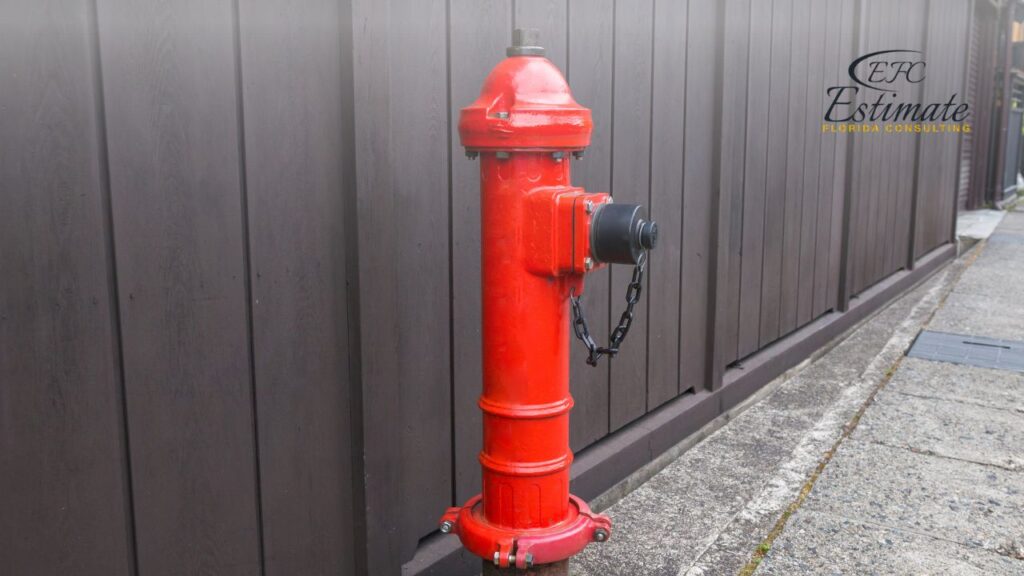
The frequency at which fire hydrants are maintained plays a significant role in determining maintenance costs. Regular and scheduled maintenance, including inspections, lubrication, and testing, can help identify and address minor issues before they escalate into more significant problems. Neglecting routine maintenance can lead to deferred maintenance costs, as mentioned earlier, and result in emergency repairs or replacements, which are generally more expensive.
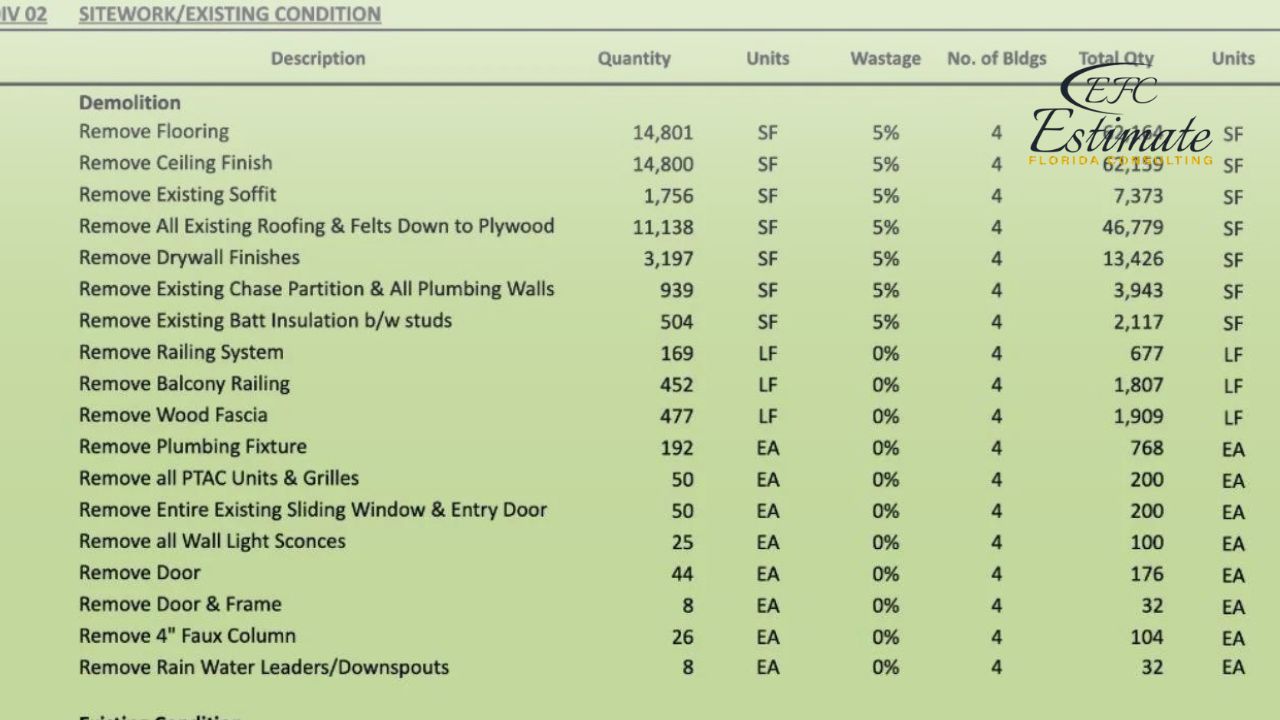
ZIP Code Based Estimate
Highly Accurate
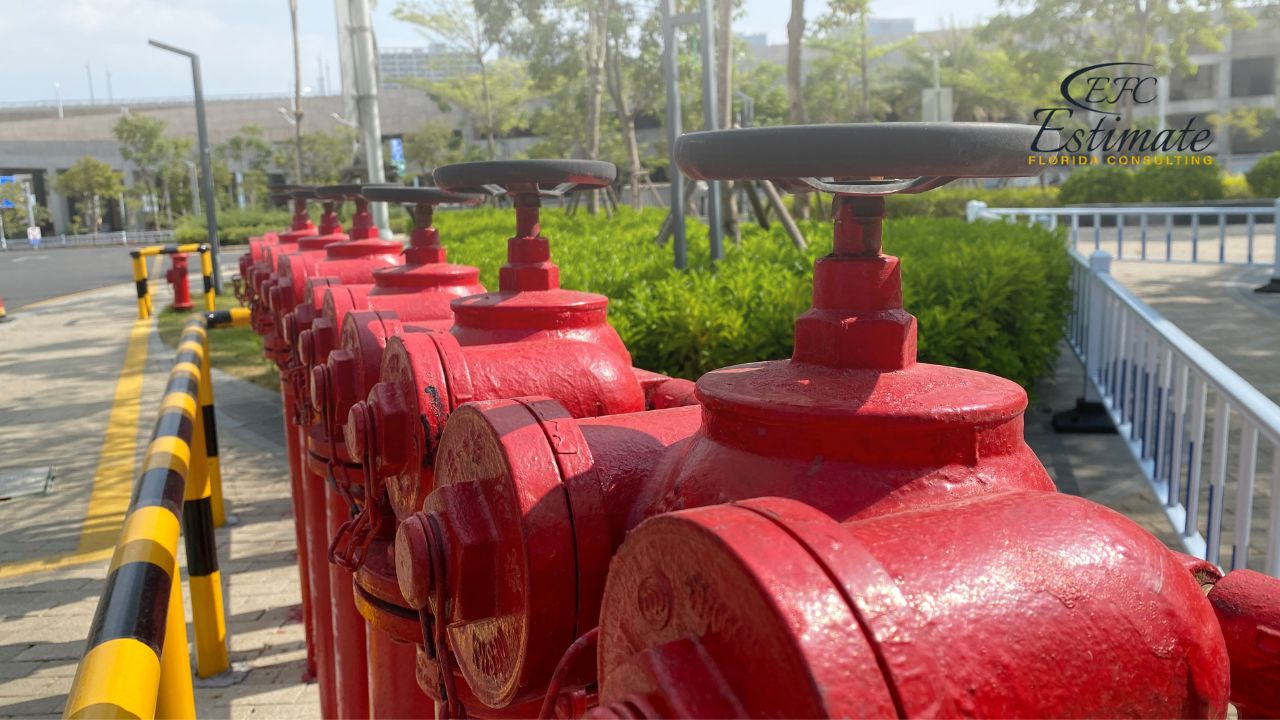
Fully Insured License
Hire Contractor for Warehouse
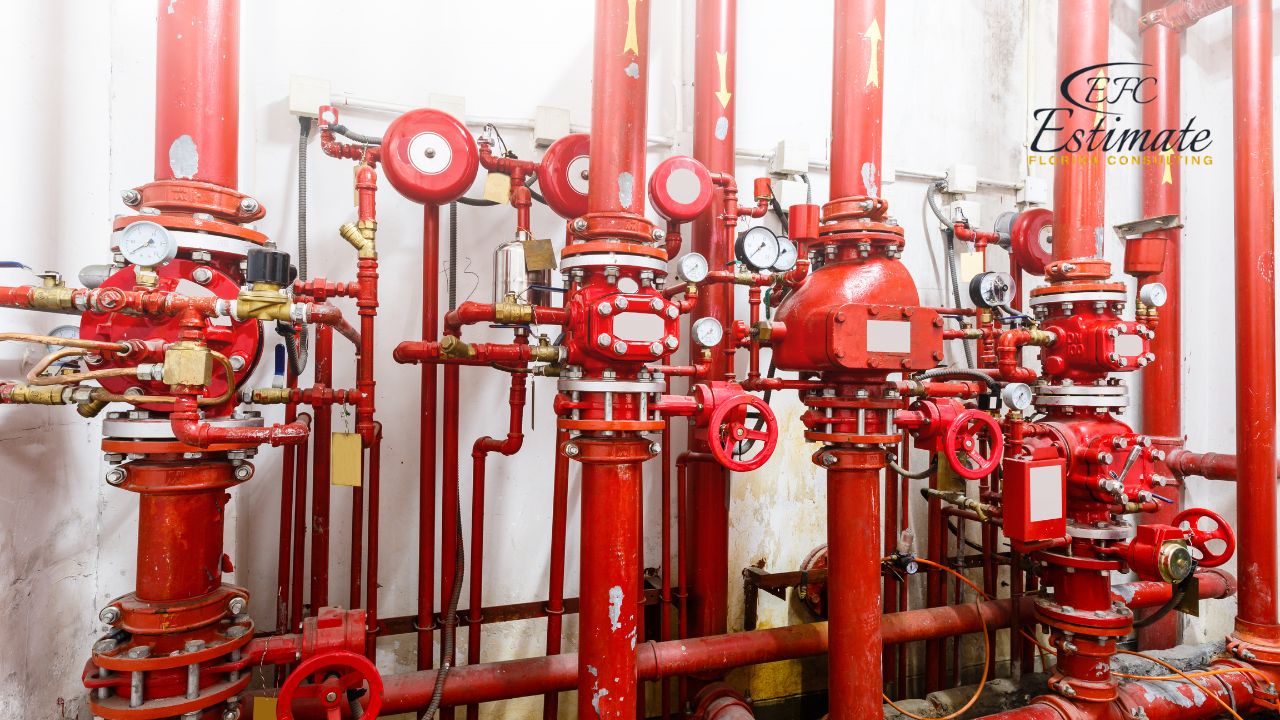
Make Informed Design Decisions Showcase Your Design Ideas
Get RenderingThe local environmental conditions surrounding the fire hydrants can impact maintenance costs. Areas with harsh weather conditions, such as extreme temperatures, heavy rainfall, or frequent freezing and thawing, can accelerate wear and tear on hydrants. Additionally, regions with hard water may experience quicker corrosion of hydrant components, leading to more frequent maintenance and replacement needs. Environmental factors should be considered when determining maintenance schedules and materials used for hydrant construction.
Local and national regulations and standards play a crucial role in shaping maintenance costs. Fire hydrants are subject to specific maintenance and testing requirements mandated by regulatory authorities. Compliance with these regulations is essential for ensuring the functionality of the hydrants and avoiding legal repercussions. Meeting these requirements may necessitate additional maintenance activities and associated costs, such as mandatory inspections and record-keeping.
The quality of maintenance practices employed also affects maintenance costs. Well-trained personnel and effective maintenance procedures can extend the lifespan of fire hydrants and reduce the frequency of repairs. Conversely, subpar maintenance practices may lead to more frequent breakdowns and higher ongoing maintenance expenses. Investing in proper training and ensuring adherence to best practices can help control maintenance costs over time.
Fire hydrants are indispensable components of firefighting infrastructure, serving as crucial access points to water during emergencies. However, like any mechanical system, they are prone to wear and tear over time. Regular maintenance plays a pivotal role in preventing malfunctions that could impede firefighting efforts during a crisis. By conducting routine inspections, professionals can identify and address potential issues promptly, such as damaged components, leaks, or blockages. Addressing these issues early on helps ensure that fire hydrants are in optimal working condition when needed most. The consequences of malfunctioning hydrants can be severe, leading to delays in accessing water and hindering firefighting operations. These delays can result in increased property damage, loss of life, and heightened risk to firefighters. Therefore, prioritizing regular maintenance is essential for mitigating such risks and maintaining the operational readiness of fire hydrants.
Fire hydrants are subjected to various environmental factors and operational stresses that can cause deterioration over time. Factors such as corrosion, sediment buildup, or mechanical failures can compromise their functionality if left unchecked. Regular maintenance practices, including inspection, lubrication, and testing, are essential for ensuring that fire hydrants remain in proper working condition. Through these maintenance activities, professionals can detect and address issues such as rust, worn seals, or malfunctioning valves. By lubricating moving parts and flushing out sediment, they can help prevent clogs and ensure smooth operation during emergencies.
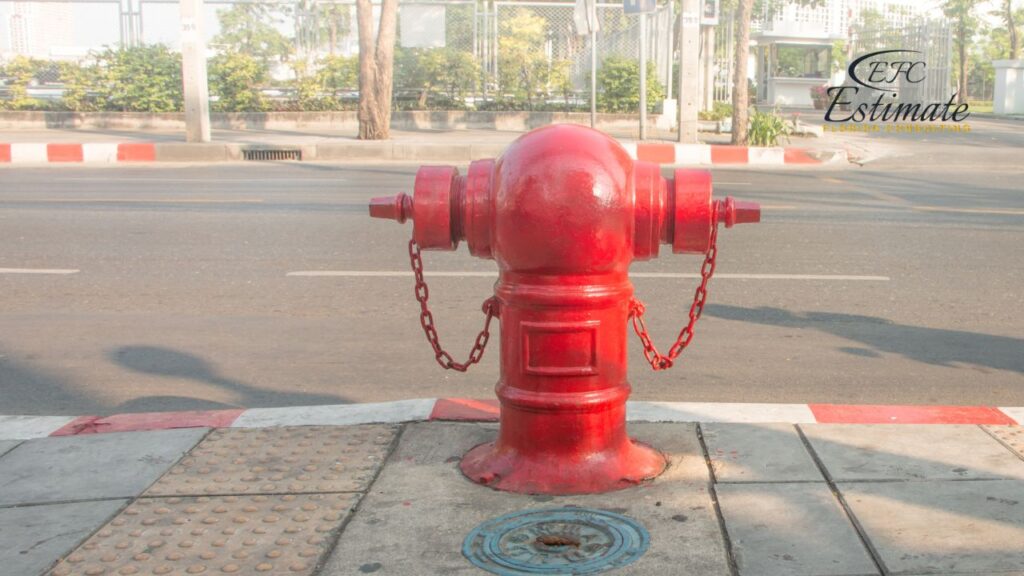
This proactive approach instills confidence in firefighters, knowing that the fire hydrants they rely on are consistently maintained and operational. Moreover, it reduces the risk of unexpected failures that could significantly impact firefighting efforts, potentially leading to devastating outcomes.
In many jurisdictions, regulations and standards govern the maintenance and operation of fire hydrants. Compliance with these regulations is not only a best practice but a legal requirement. Failure to adhere to these standards can result in penalties or legal liabilities, particularly in the event of property damage or loss of life during a fire. Regulatory requirements may include specific maintenance schedules, inspection procedures, and performance criteria for fire hydrants. Regular maintenance not only ensures compliance with these regulations but also demonstrates a commitment to public safety. By adhering to established standards, property owners, municipalities, and firefighting agencies can mitigate risks and enhance the effectiveness of firefighting operations.
New projects are waiting for you.
Connect with more construction leads!

Effective emergency preparedness relies on the operational readiness of firefighting equipment, including fire hydrants. Regular maintenance plays a vital role in ensuring that this equipment is ready to perform when called upon. By proactively addressing maintenance needs, organizations can minimize the risk of equipment failures during emergencies. This proactive approach enhances overall emergency preparedness by reducing response times and improving the effectiveness of firefighting operations. Moreover, it instills confidence in firefighters and the community, knowing that essential infrastructure is well-maintained and reliable. By investing in regular maintenance, stakeholders can better mitigate the impact of fires, protect lives and property, and promote resilience in the face of emergencies.
Fire hydrants serve as critical components of firefighting infrastructure, but their prolonged use and exposure to environmental elements inevitably lead to wear and tear. This wear and tear can manifest in various components such as seals, gaskets, and valves, potentially resulting in leaks, reduced water flow, or complete malfunctions. Vigilant inspection and maintenance protocols are essential to identify and address these issues promptly, preventing them from escalating into significant operational hindrances. By regularly replacing worn parts, stakeholders can ensure the continued reliability of fire hydrants and minimize the risk of failures during emergencies.
One of the most prevalent challenges faced by fire hydrants is corrosion, particularly in regions characterized by harsh weather conditions or high humidity levels. Exposure to moisture accelerates the corrosion process, compromising the structural integrity of hydrant components and increasing the likelihood of leaks or breakage. To combat this issue, regular maintenance practices such as thorough cleaning and the application of protective coatings are crucial. These measures help safeguard fire hydrants against corrosion, thereby extending their operational lifespan and enhancing their reliability in firefighting scenarios.
Fire hydrants are susceptible to obstruction by various external factors such as debris, vegetation, or improperly parked vehicles. Blocked hydrants hinder firefighters’ access to water during emergencies, potentially leading to critical delays in firefighting efforts. Therefore, proactive measures such as routine inspection and prompt clearance of obstructions are paramount to ensuring unimpeded access to fire hydrants at all times. By addressing obstruction risks promptly, stakeholders can facilitate swift response to fire incidents and mitigate potential property damage or loss of life.
Sediment accumulation within water supply lines connected to fire hydrants poses another significant concern. This buildup compromises water quality and flow rates, potentially obstructing hydrant valves and rendering them ineffective during emergencies. To mitigate these issues, regular flushing of hydrants and comprehensive inspections are essential. These proactive measures help prevent sediment-related complications, ensuring the continued functionality of fire hydrants and enhancing the efficiency of firefighting operations. By addressing these common issues through diligent maintenance efforts, stakeholders can uphold the reliability of fire hydrants and bolster overall disaster preparedness.
Let us take your project to the next level! Send us your plans, and we’ll provide a detailed estimate with competitive pricing. Our ZIP Code-based approach means better accuracy and a 90% higher chance of winning bids. Get personalized, no-shortcut service every time.
One of the key strategies for ensuring cost-effective maintenance of fire hydrants is to establish a well-structured preventive maintenance plan. This plan involves scheduling regular maintenance activities for fire hydrants to prevent costly emergencies and extend their overall lifespan. Preventive maintenance typically includes tasks such as inspecting hydrants for visible damage, checking the functionality of key components, lubricating moving parts, and performing flow tests. By proactively addressing potential issues before they escalate, warehouse managers can avoid the need for expensive emergency repairs and ensure that fire hydrants remain in optimal working condition. Additionally, preventive maintenance helps maintain compliance with safety regulations and contributes to the overall safety of the warehouse environment.
Training in-house staff for basic maintenance tasks is a cost-effective approach to fire hydrant maintenance. Warehouse managers can provide training to staff members responsible for routine maintenance activities, such as visual inspections, lubrication, and minor adjustments. Equipping employees with the knowledge and skills to perform these tasks can reduce the reliance on external service providers for minor issues. In-house maintenance teams can quickly respond to basic maintenance needs, saving time and minimizing expenses associated with outsourcing.
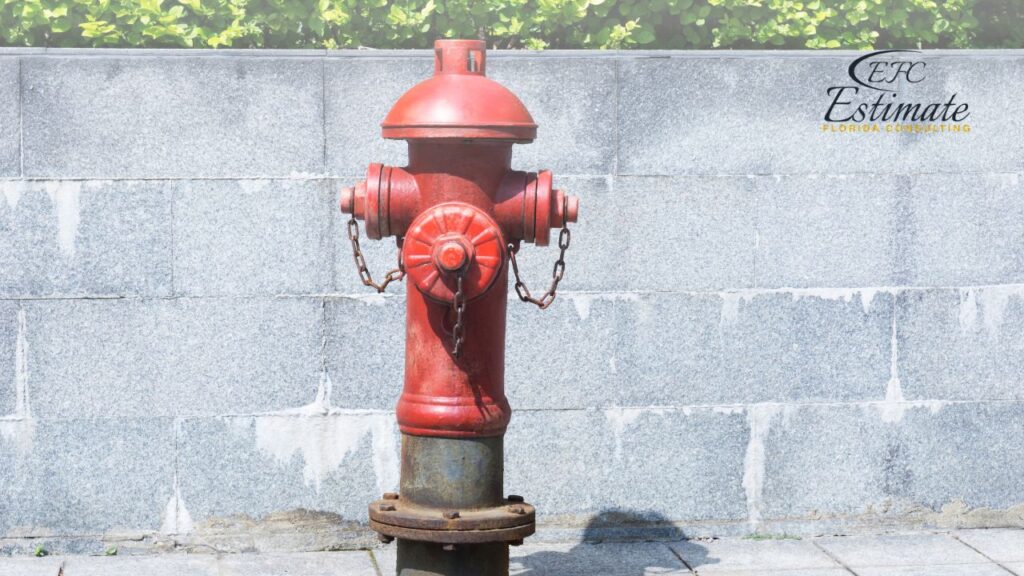
While complex repairs and specialized services may still require professional assistance, having a trained in-house team for routine tasks contributes to overall cost savings and ensures that hydrants receive regular attention.
Implementing a comprehensive hydrant management system is another valuable strategy for cost-effective maintenance. This system involves using specialized software or tools to track and manage maintenance schedules, inspection results, and repair histories efficiently. With a hydrant management system in place, warehouse managers can easily monitor when each hydrant is due for maintenance, record inspection findings, and keep a detailed history of past repairs and servicing. This proactive approach not only streamlines the maintenance process but also provides valuable data for making informed decisions about replacement or upgrades. By harnessing technology to manage hydrants more effectively, warehouses can reduce maintenance costs and improve the overall reliability of their fire hydrant systems.
For more complex maintenance tasks and repairs that go beyond the scope of in-house capabilities, warehouse managers can opt for professional services. Contracting with experienced professionals who specialize in fire hydrant maintenance ensures that the work is performed to industry standards and safety regulations. Professional service providers often offer service agreements that can lead to cost savings in the long run. These agreements may include regular inspections, preventive maintenance, and emergency response services at predefined rates. By partnering with trusted professionals and establishing service agreements, warehouses can effectively manage their fire hydrant maintenance needs while controlling costs and ensuring the reliability of their fire protection systems.
Looking for top-notch help with your construction project? Our team excels in material takeoffs and consulting services, ensuring your bidding, budgeting, and design estimating are spot on.
Don’t wait – upload your plans and call us now for personalized assistance!
Maintaining fire hydrants in warehouse facilities is a critical aspect of fire safety and asset protection. Regular maintenance is key to preventing deferred maintenance costs and expensive emergency repairs. Factors like the age of hydrants, maintenance frequency, local conditions, regulations, and maintenance quality influence costs.
Implementing cost-effective maintenance strategies, such as preventive planning, hydrant management systems, in-house training, and professional services, can help control expenses while ensuring the reliability of fire hydrant systems. Proactive maintenance and adherence to best practices are essential for safeguarding personnel and assets, making proper maintenance an indispensable investment in fire safety.
Routine maintenance tasks for fire hydrants include inspections, testing, and servicing. The cost for these maintenance components can vary:
Fire hydrant repairs can vary depending on the extent of the damage. Here are the typical repair costs:
Regular maintenance is crucial for ensuring the reliability of fire hydrants during emergencies. Neglecting maintenance can lead to costly deferred repairs and emergency fixes, potentially compromising fire safety equipment longevity and effectiveness.
Compliance with regulations and standards governing fire hydrant maintenance is not only a best practice but also a legal requirement. Failure to adhere to these standards can result in penalties or legal liabilities, potentially increasing maintenance costs in the long run.
Neglecting fire hydrant maintenance can lead to various issues such as malfunctions, reduced water flow, and obstruction risks. These issues can result in delays in accessing water during emergencies, potentially increasing property damage, loss of life, and risks to firefighters. Additionally, deferred maintenance can lead to higher repair costs in the future.
Here I am going to share some steps to get your fire hydrant maintenance for warehouse buildings estimate report.
You can send us your plan on info@estimatorflorida.com
Before starting your project, we send you a quote for your service. That quote will have detailed information about your project. Here you will get information about the size, difficulty, complexity and bid date when determining pricing.
Our team will takeoff and estimate your project. When we deliver you’ll receive a PDF and an Excel file of your estimate. We can also offer construction lead generation services for the jobs you’d like to pursue further.



561-530-2845
info@estimatorflorida.com
Address
5245 Wiles Rd Apt 3-102 St. Pete Beach, FL 33073 United States
561-530-2845
info@estimatorflorida.com
Address
5245 Wiles Rd Apt 3-102 St. Pete Beach, FL 33073 United States
All copyright © Reserved | Designed By V Marketing Media | Disclaimer